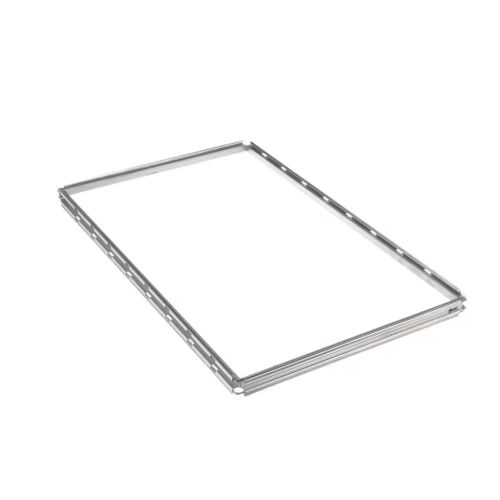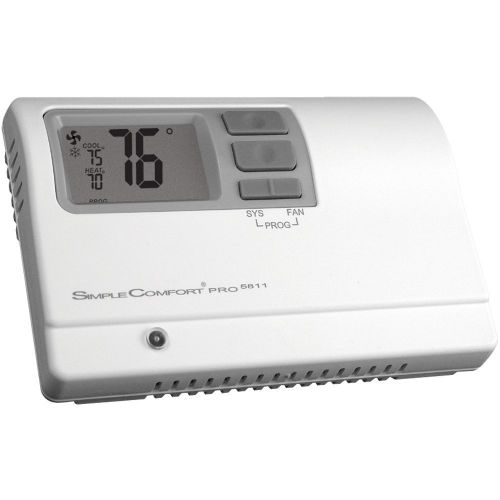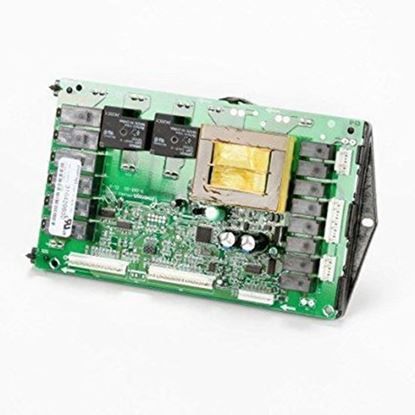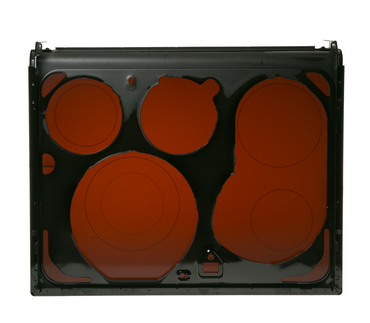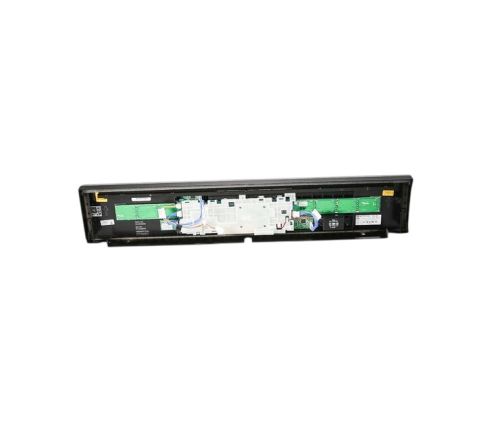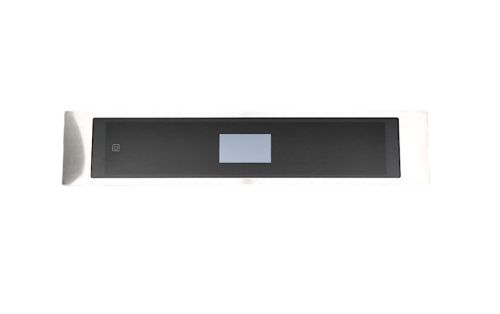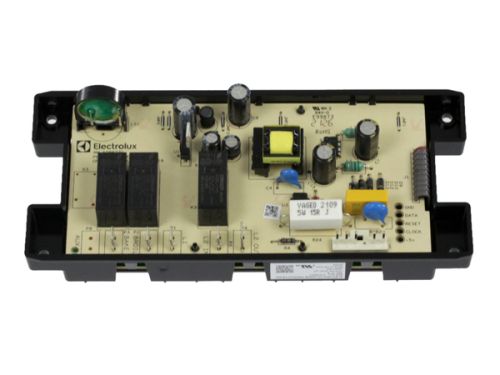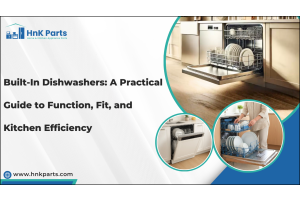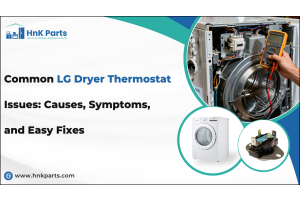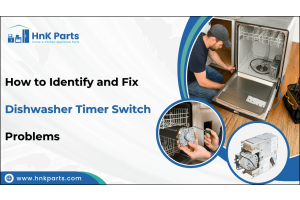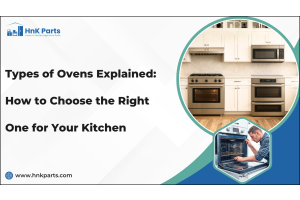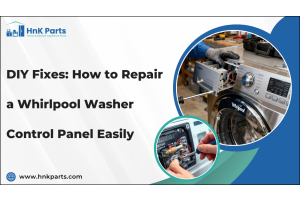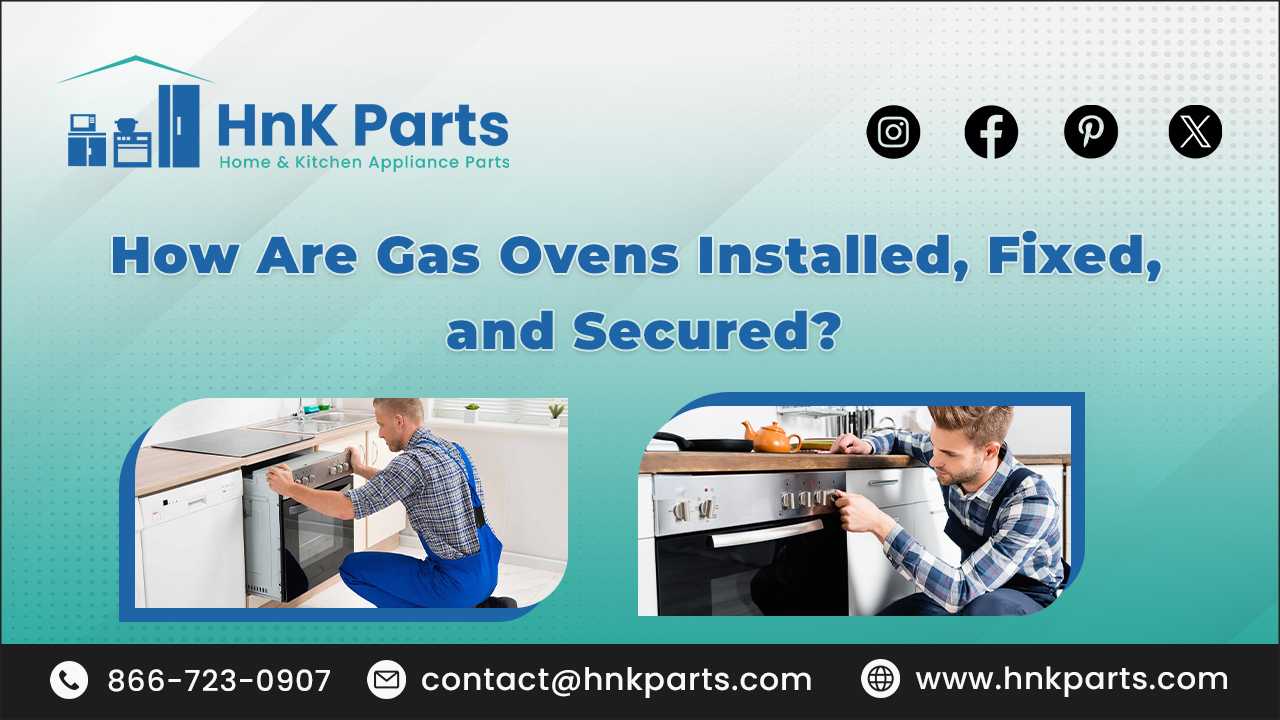
How Are Gas Ovens Installed, Fixed, and Secured?
Ovens are essential in food service establishments, from small cafes to large restaurants. Proper installation, routine maintenance, and secure setup are crucial for safe and efficient operation. This guide offers best practices for installing, fixing, and securing gas ovens, helping you manage your equipment effectively, whether you have a 24-inch gas wall oven or a larger unit like a gas double wall oven.
Popular models such as the Whirlpool gas range oven, Viking gas oven, and Frigidaire gas oven cater to various cooking needs. In smaller kitchens, a 24-inch gas wall oven or natural gas pizza oven might be ideal. When selecting a gas oven range, consider features like a gas range with an electric oven for versatile cooking or a gas oven with five burners for ample cooking space. Brands like Amana and downdraft gas oven models offer benefits like improved ventilation and compact design.
| Table of Contents How Should I Install and Secure Gas Ovens? Maintenance and Care Tips for Gas Ovens Common Gas Oven Problems, Causes, and Solutions Securing Gas Ovens and Safety Regulations |
How Should I Install and Secure Gas Ovens?
- Pre-Installation Preparation: Proper preparation is crucial before installing a gas oven. Start by evaluating the kitchen space and the specific requirements for the oven. Consider the layout, available space, and proximity to other equipment to determine the best location. Ensure compliance with local codes and regulations, which may dictate certain installation standards and safety measures.
Gather all necessary tools and equipment for the installation. This may include gas connectors, wrenches, pipe sealant, a level, and a gas leak detector. Having everything ready beforehand ensures a smoother installation process.
- Gas Supply Setup: Ensuring a safe and adequate gas supply is a critical step. Verify that the gas type (natural gas or propane) matches the oven’s specifications. Install the gas lines and connectors, ensuring they are the correct size and type. Use pipe sealant or tape on threaded connections to prevent leaks.
After the gas lines are connected, it’s vital to test for leaks. Apply a soapy water solution to the connections and look for bubbles, which indicate a leak. Tighten the connections as needed and retest until no leaks are detected. Safety should always be the top priority.
- Positioning the Oven: Choosing the optimal location for the oven involves considering factors such as workflow, safety, and ventilation. Position the oven in a spot that allows for efficient movement and access but also adheres to safety regulations, including required clearances from walls and other appliances.
Use a level to ensure the oven is perfectly horizontal. This step is crucial for proper cooking performance and to prevent any potential issues. Adjust the oven’s feet or base as necessary to achieve a level position. Whether it is a 20 inch gas oven or a 30 inch gas wall oven, making sure it is level is essential.
- Leveling: Use a level to ensure the oven is installed evenly. This prevents uneven cooking and potential damage to the oven over time.
- Ventilation: Ensure that the oven is properly vented according to the manufacturer's specifications. Proper ventilation prevents the buildup of gases and heat in the kitchen.
- Electrical Connections: While gas ovens primarily run on gas, they often require an electrical connection for components like the ignition system and controls. Ensure the oven is connected to the correct power supply and that the electrical specifications match those of the oven. Use proper wiring techniques and secure all connections to prevent electrical hazards.
- Final checks and testing: After completing the installation, perform final checks to verify that all connections are secure and properly aligned. Conduct initial tests to ensure the oven operates correctly. Check the burners, thermostat, and any electronic controls to confirm they are functioning as expected. Address any immediate issues before putting the oven into regular use.
Refer: How Much Does It Cost to Install a Wall Oven?
Maintenance and Care Tips for Gas Ovens
- Regular cleaning: Clean the interior and exterior of the oven regularly using mild soap and water. Avoid abrasive cleaners that could damage surfaces.
- Cleaning burners and igniters: Clean burner ports and igniters periodically to ensure proper ignition and even flame distribution. Follow manufacturer's instructions for cleaning these components.
- Check seals and gaskets: Inspect door seals and gaskets for any signs of wear or damage. Replace them if they are worn out to maintain proper heat retention and efficiency.
- Oven racks and interior: Remove oven racks and clean them separately. Use a non-abrasive cleaner for the interior surfaces, and avoid getting cleaning solutions for heating elements.
- Ventilation and filters: Keep oven vents and filters clean and free from obstructions to ensure proper air circulation and ventilation during operation.
- Scheduled inspections: Schedule regular inspections by a professional to check for gas leaks, ensure burner efficiency, and verify the proper operation of safety features.
- Use proper cookware: Use cookware that is suitable for gas ovens and matches the size of your burners to ensure even cooking and prevent damage to burner surfaces.
Common Gas Oven Problems, Causes, and Solutions
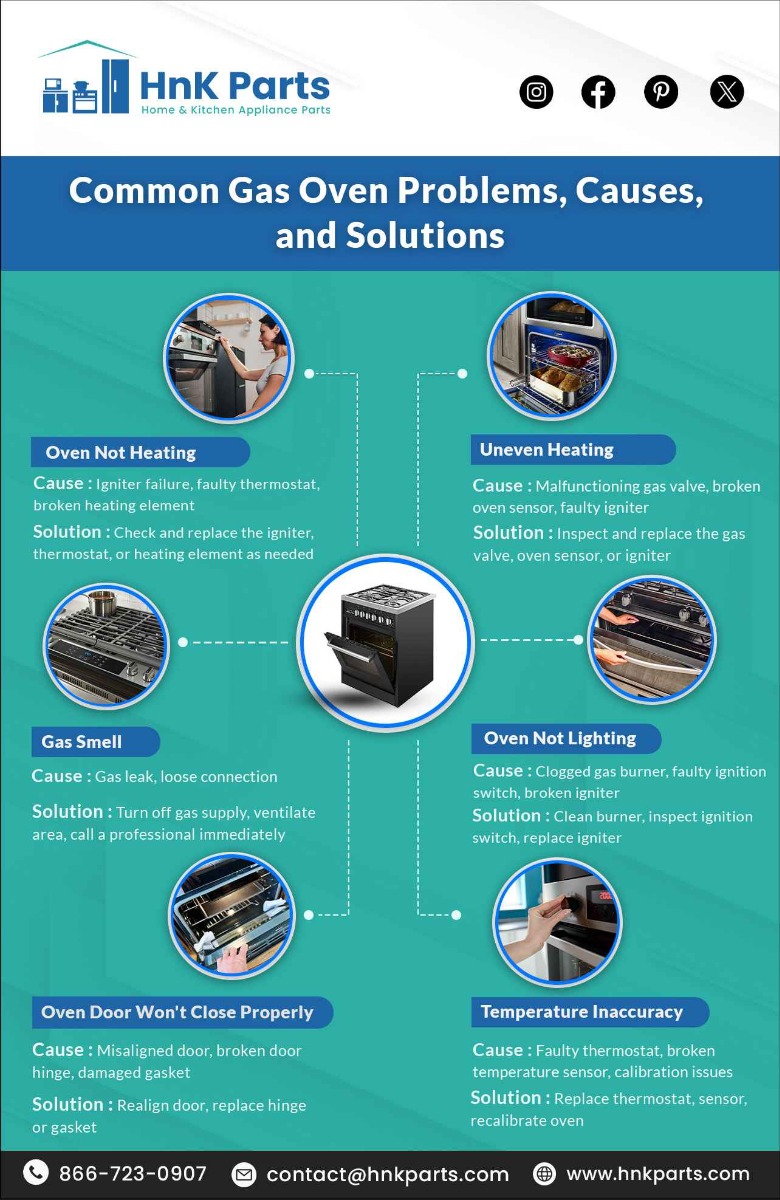
Securing gas ovens and Safety Regulations
Securing gas ovens and adhering to safety regulations are critical aspects of maintaining a safe and efficient kitchen environment. Brands like Wolf gas oven, Viking gas oven, Downdraft gas oven, Whirlpool gas range oven, and Frigidaire gas oven provide a diverse selection of models, from versatile gas double wall ovens to compact 20 inch gas ovens suited for smaller spaces.
Safety Standards and Regulations: Adhering to safety standards and regulations is paramount to securing gas ovens. Familiarize yourself with local codes and ensure the installation complies with all requirements. Implement safety measures such as installing gas shut-off valves and fire suppression systems as mandated.
Anchoring and Stability: Securing the oven to the floor or wall prevents it from tipping or shifting during use. Use heavy-duty brackets or anti-tip devices to anchor the oven securely. Ensure the anchoring method is robust enough to handle the oven’s weight and potential movement.
Regular maintenance practices: Routine maintenance is key to the long-term security and functionality of gas ovens. Schedule regular inspections to check for wear and tear, loose connections, and other potential issues. Clean the oven regularly, paying attention to the burners, ignition system, and ventilation components. Keeping detailed records of maintenance activities helps track the oven’s condition and identify recurring problems.
Emergency Preparedness: Being prepared for emergencies is essential in any commercial kitchen. Train staff on emergency procedures, including how to shut off the gas supply and evacuate the area in case of a gas leak or fire. Install and maintain safety equipment such as gas detectors, fire extinguishers, and first aid kits. Regularly review and update emergency plans to ensure everyone knows their role in a crisis.
Refer: A Complete Guide On How To Clean An Oven: Different Methods To Clean An Oven
Understanding the parts of a gas oven is essential for its maintenance and longevity. Safe lighting of a gas stove oven is fundamental, especially for models like the Frigidaire gas oven and the Whirlpool gas range oven, which have unique ignition mechanisms. For those needing mobility or preferring outdoor cooking, a portable gas oven can be highly beneficial. Whether you opt for a top-tier Viking gas oven or a dependable Amana gas oven, this guide provides the key factors and insights to ensure your commercial kitchen runs smoothly and efficiently. Proper installation, maintenance, and security of gas ovens are crucial for ensuring safety, efficiency, and longevity in a busy kitchen environment. HnK Parts offers a wide range of components to keep your gas oven in top condition. Prioritizing these practices will ultimately lead to better cooking results and a more efficient kitchen operation.
FAQs
What should I do if my gas wall ovens, like a Frigidaire gas oven, are not heating up?
Check the heating element and gas supply; if these are functioning correctly, inspect the thermostat and ignition system.
How can I fix a gas oven with 5 burners that’s not preheating?
Verify that the oven is set to the correct temperature and inspect the bake element and gas supply for any issues.
What safety measures should be taken when installing a gas oven?
Follow local safety regulations, ensure secure gas line connections, and use anti-tip brackets to prevent the oven from tipping.
How do you clean a gas stove oven to ensure it operates efficiently?
Regularly clean the oven interior and burners using appropriate cleaners, and ensure no food debris obstructs the gas flow.
What’s the best method to secure a slide-in double oven gas range?
Use appropriate anchoring methods to stabilize the oven and ensure it is level to prevent tipping during use.


